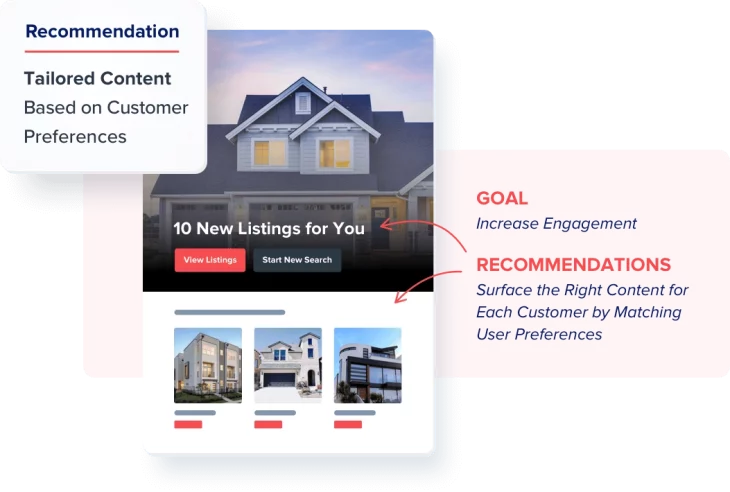3. Perfecting send time with AI-based optimization
Customers see thousands of marketing messages each day. To rise above the noise, marketers have to message at the right time to optimize for engagement and conversion. Batch sending at popular times like lunch or 5 p.m. won’t cut it — your message will be lost in a flood of other offers. With Mail Privacy Protection launching on Apple devices in the near future (likely fall 2021), optimizing send times will be even more important for orchestrating engaging customer experiences with first-party data.
AI-powered Engage Time Optimization is the best way to ensure you’re messaging each individual at their best time, every time. Engage Time Optimization helps you optimize send times based on behaviors (like past purchases, bursts of browsing, etc.) that lead to conversions. From analyzing past messaging activity, customer attributes, and site activity, AI identifies and optimizes send times for each customer to when they are most likely to deeply engage with a brand — effectively pinpointing the perfect send time.
In addition to 1:1 send times, AI can also help sort and navigate sending for special occasions, lifecycle events, and much more. (How do you think Amazon always sends umbrella ads right when it’s raining in your area? That mysterious personalized content starts to seem not so mysterious after all.)




